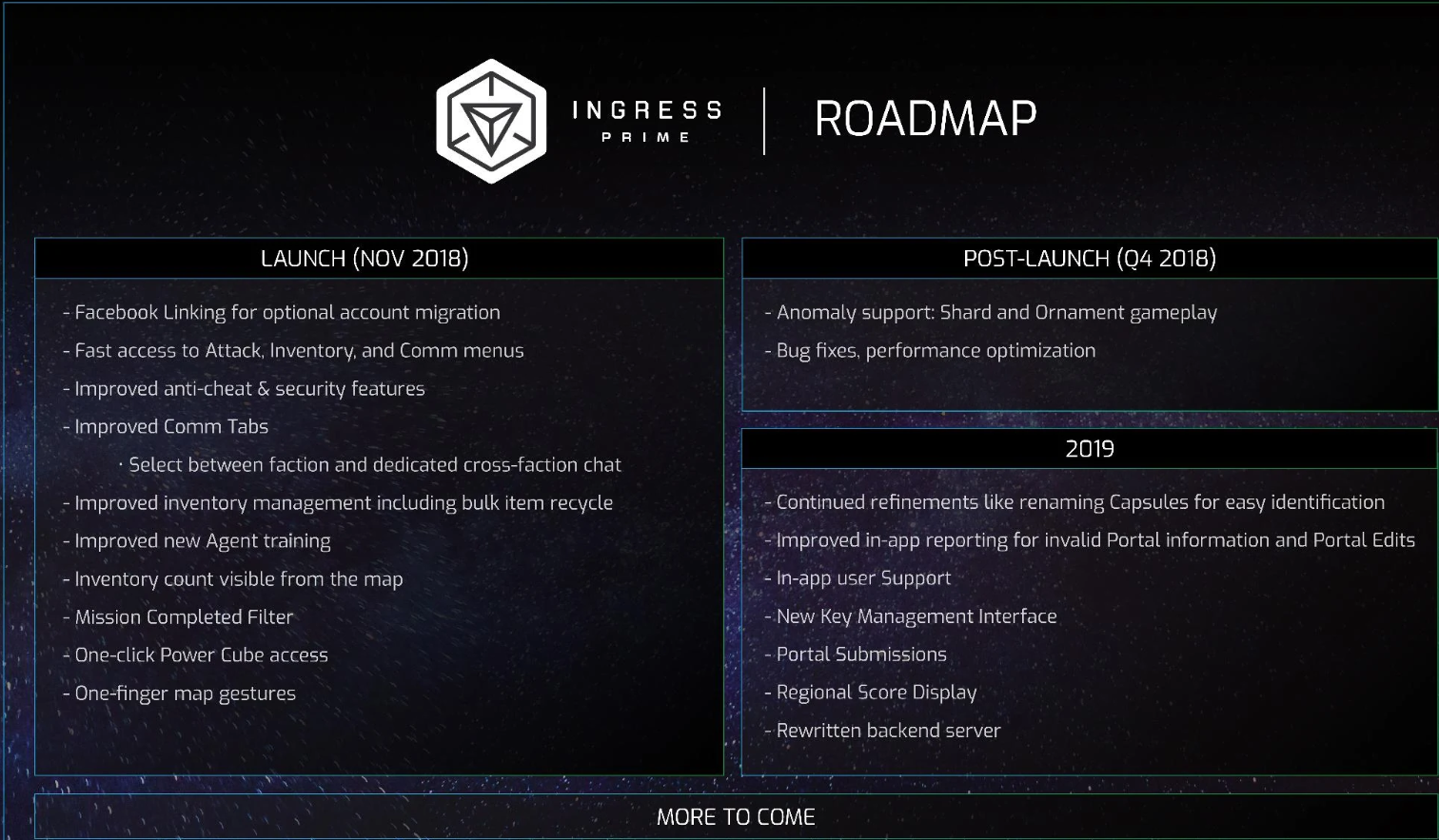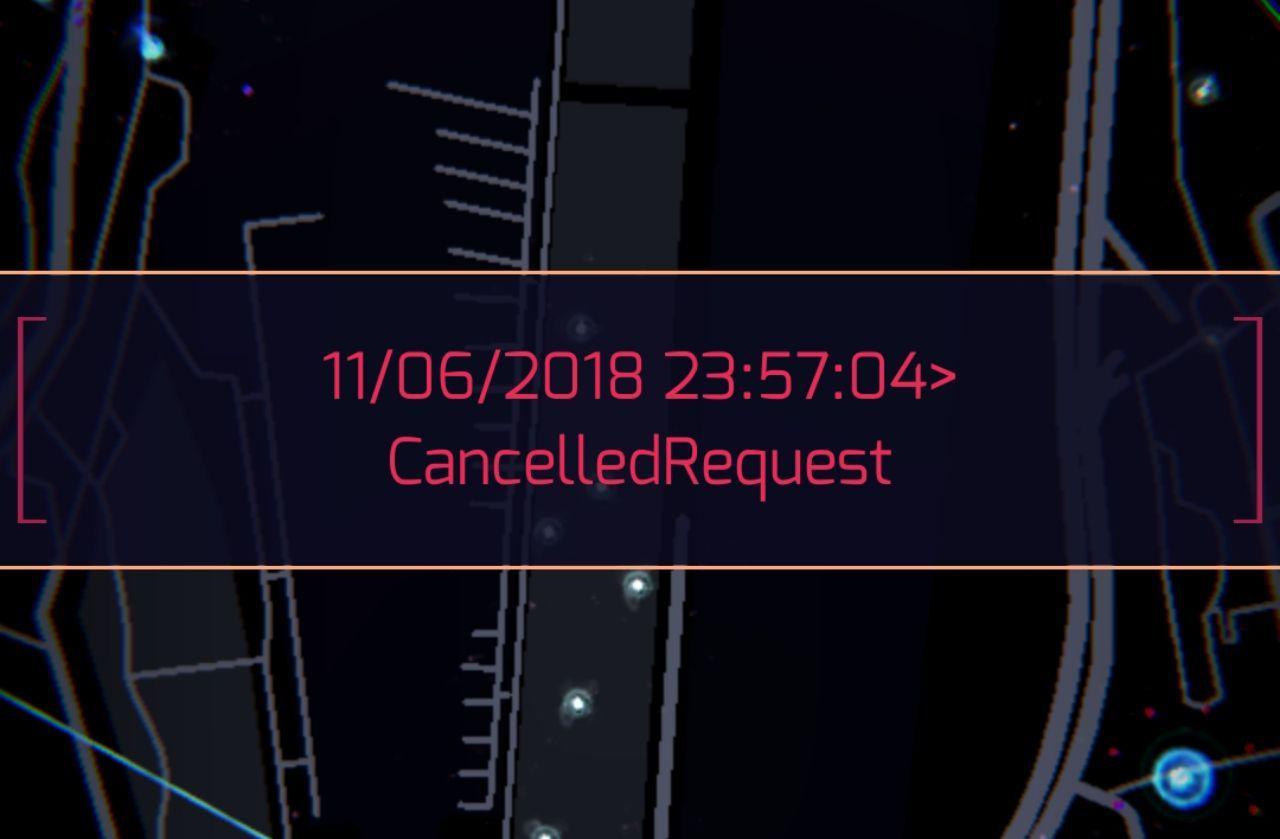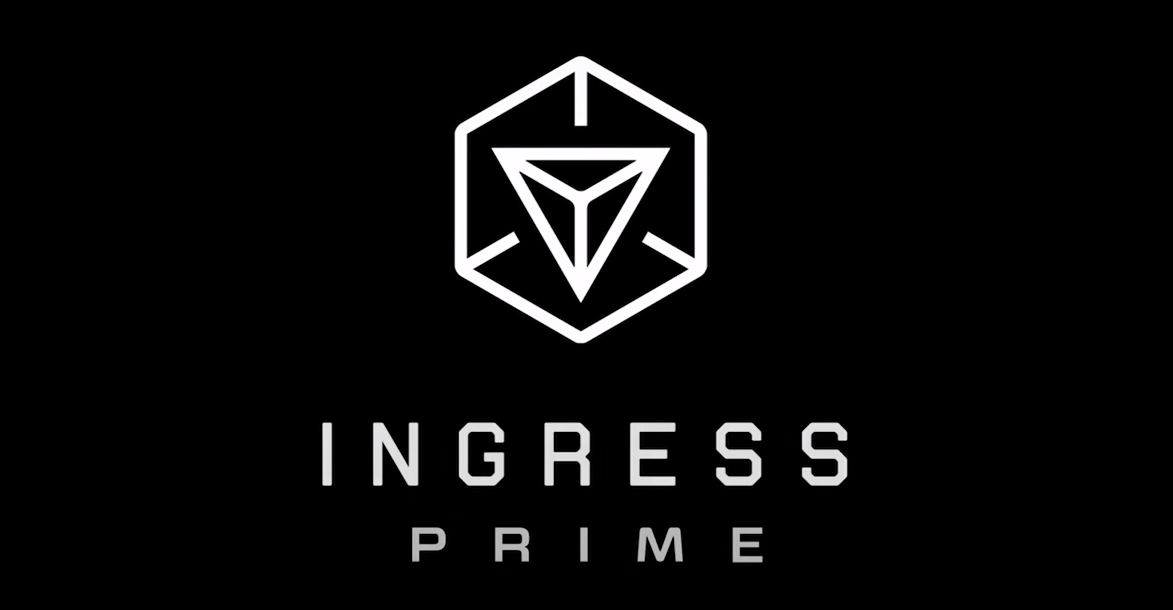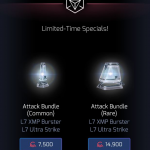Niantic Inc – the formerly-Google-owned company now best known for Pokemon Go – has released a major update for its predecessor, the original location-based game Ingress.
Ingress first appeared back in 2012 as a then-Android-exclusive game that encouraged players to get up, go out and explore the world around them. It’s essentially a big global hands of Capture The Flag that rewards cooperation and features a detailed sci-fi backstory. The real fun evolved in the years following, with massive global live events – including a number that have been held around Australia over the years – encouraging players to meet, play and strategise in unison.
Ingress Prime features a rebuilt game engine and rebuilt server architecture, intending to address many longstanding niggles experienced by players – or rather, Agents – and give Ingress a better foundation for future developments. It’s also a major graphical overhaul for most of the game’s elements.
This means that Ingress Prime borrows rather a lot from Pokemon Go – you can now move the map around with one finger, there’s a central button at the button of the screen to call up actions, and the scanner pulse that was previously just a circle expanding from your location now lights up features of the environment around you.
Much of the game’s UI has seen a redesign. Where the scanner previously took on a green or blue hue based on your faction allegiance, it’s a now simpler black and white affair. This allows the more detailed map graphics to pop a lot more, though. In-game items have seen a refresh, most notable for the Resonators that agents attach to portals, but a lot of iconography has been added to the interface overall.
It’s important to note that Ingress might never have been particularly well regarded on the graphics front, but definitely had a particular charm to its visuals. Building more powerful portals or detonating powerful weapons brought with it a satisfying on-screen result. The upgraded graphics add detail to portals (you can now see the portal’s attached photo inside the portal’s glow, for example) and a few additional particle effects are now present on weapons fire. Additionally, the scanner UI has a bit of an overlay filter that fakes some through-glass distortion at the top and bottom of the screen to make it seem more like you’re looking at an actual scanner device.
Since the location of UI elements has changed, veteran players will need to re-learn the UI but Niantic is hoping that this will make it easier for new players to jump on board.
Onboarding of new players is important, too – for Ingress to thrive, new players need to stick around, and so providing them with a good experience in their early days is paramount. To that end, Niantic has redesigned the “new agent briefing” process – the new experience is far more accesible. Niantic has also started a new in-universe series of YouTube videos called The Dunraven Foundation case studies.
Veteran agents who want to go through the whole experience again now have a new option. Agents can “Recurse” – previously a customer service function that’s now been promoted an in-game feature – which resets their status but keeps their achievements and allows them to switch factions.
Along with Ingress’ updated visuals and server backend comes a (reportedly) better cheating detection mechanism. Niantic has been honing cheat detection in Pokemon Go so it will be interesting to see how this affects Ingress, where players have becme accustomed to walking right up to the line of playing-vs-cheating and seeing how far they can push things.
Not everything has made it over to Ingress Prime for the first release. A number of gameplay elements needed to support Anomaly gameplay (Ingress’ real-world live events) are yet to be implements. Niantic has shared a roadmap for feature implementation extending into 2019:

Pay to Win?
One change that hasn’t been well accepted by the Ingress community is the addition of standard gameplay resources to the store. Acquiring resources (to build or destroy) usually requires visiting portals and hacking them, or “farming” all the portals in a particular area (often one of the game’s more social experiences as players gather in a group for the activity). Until now, the in-game store has only dealt in items that could not be acquired by farming, and players are concerned that this will move Ingress into “pay to win” footing, where players with deep enough pockets won’t need to participate in farming activities.
The Ingress store does say these are limited time specials, but the presence of the items in the store has troubled some members of the community as it directly contradicts Niantic’s previous statements that they would never introduce such items to the store.
Update, November 7 (11pm): Niantic has issued a statement saying they’ve heard and understood the community’s feelings about this move, and resolved not to sell the more powerful in-game resources in the store (although they may make exceptions for anomaly events). Read the full statement here.
Doesn’t Work For Me
The most difficult part of all of this for me, personally, is that none of it actually works. I’ve installed Ingress Prime on three phones (none of which were rooted or modified in any way), and I can only assume one of them has tripped a cheat detection system (Pokemon Go has been known to not play well with some Huawei devices).

My account can’t deploy resonators, can’t hack portals and sometimes won’t even fetch updates as I move around. Reverting back to the old Ingress app allows me to play the game, so my first experience of Ingress Prime is turning into a test of Niantic’s customer service and support experience.













The old scanner is now available on the Play store: https://play.google.com/store/apps/details?id=com.nianticlabs.ingress.prime.qa
Same problem here!
U have the same issue! I think it is some sort of bug!